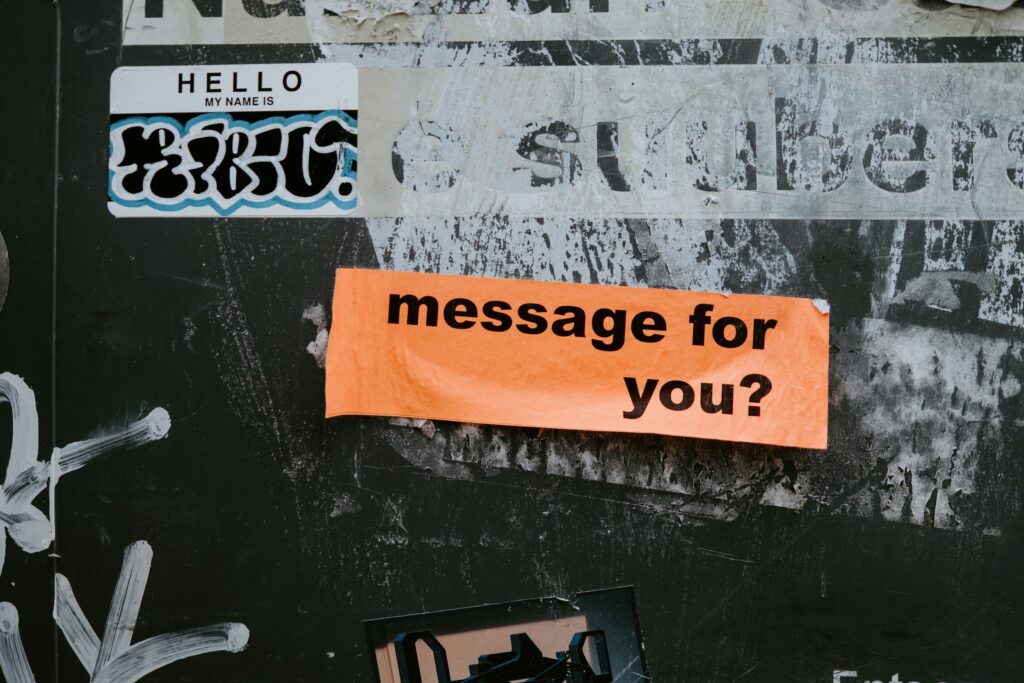Whether you’re wrapping a high-end commercial, a short film, or a multi-part series, getting your audio post right can be the difference between something that sounds polished and premium or simply passable. For producers, navigating this part of the process doesn’t need to be complicated. But it does require clarity, preparation, and a bit of foresight.
Here’s a practical audio post checklist of what you should prepare, expect, and ask when working with an audio post house.
Table of Contents
Key Takeaways
- Lock your edit before audio post begins. Even a single frame shift can throw the entire mix out of sync.
- Send a clean handover: Provide an AAF or OMF to the audio post housewith handles and clearly labelled tracks. Keep lav and boom mics on separate channels.
- Prep dialogue in advance so the engineer can focus on mixing, not editing or sync issues.
- Define audio format requirements early. Clarify whether delivery is Stereo, 5.1 or Atmos right at the start.
- Sort music sign-off ahead of time to avoid disrupting the final mix process.
- Budget and allow time for ADR in case dialogue needs re-recording.
- Set realistic expectations around poor audio. There are limits to what can be fixed.
- Respect the time required: Mixing, foley, and revisions all take longer than you might think. Provide clear schedules and consolidate feedback to keep the process efficient.
What to Prepare
The tangible assets and practical steps a producer (or their editor) needs to have ready before audio post can begin.

1. Provide the audio post house with a locked picture cut
Before your audio post team can begin, the picture needs to be locked. That means no more editorial changes. Even a single frame shift can throw sync out across the entire session, costing time and money. Lock the edit before you pass anything over.
2. Supply an AAF (or OMF) from the editor
This is how the session is rebuilt in the engineer’s DAW. Make sure your editor includes handles (typically 2–5 seconds), and double-check that nothing is offline. It’s the fastest way to avoid the dreaded “missing audio files” email.
3. Keep your channels clean and labelled
One of the most common headaches in post? Mixed-up mic sources. Ensure lavalier and boom mics are on separate, clearly labelled tracks, consistently, throughout the timeline. No bouncing back and forth scene by scene.
4. Pre-edit the dialogue
Dialogue edit comes before dialogue mix. A good rule of thumb: clean, cut, and synced before you hand over. That way, your mix engineer can focus on tonal balancing and spatial placement, not editing choices or fixing sloppy sync.
5. Secure your music choices
If your mix depends on specific music tracks or needle drops, make sure they’re locked and licensed before the mix begins. Swapping them later down the line isn’t just an admin hassle, it often means rebalancing the entire mix.
6. Budget time and studio for potential ADR
Even with the best intentions, not all dialogue makes it through clean. Street noise, mic rustle, or garbled takes can kill a performance. It’s always wise to budget for ADR (Automated Dialogue Replacement), even if you don’t end up needing it.
Audio Post That Pulls Its Weight
From rough cut to final mix, we make every second sound deliberate. Not just “done.”
What To Expect
The realities of the process that producers should keep in mind so they can plan accordingly and support the audio team effectively.

7. Manage expectations on fixing poor recordings
Can we improve rough dialogue? Often. Can we work miracles? Less so. If the location sound is truly compromised, there’s only so much “fix in the mix” can do. Flag known issues early so we can find the best workaround.
8. Give audio post the time it deserves
Mixing, foley, and final mastering are not quick jobs. Each step is detailed and collaborative. Respecting the time it takes will show in the final quality. A beautifully mixed piece should sound effortless, which usually means it wasn’t.
What To Ask
The conversations to have early and openly to make the process smoother for everyone involved.

9. Be clear on delivery specs from day one
Stereo? 5.1? Atmos? Don’t leave it to the final mix session to decide. State the required format upfront so the team can plan their workflow accordingly. It affects everything from sound design decisions to output routing.
10. Set clear deadlines from the start
From VO sessions to foley recordings, mixing to revisions, your audio team needs visibility. Lay out a timeline early with realistic deadlines so the engineer can schedule accordingly and everyone stays aligned.
11. Leave time for revisions (and consolidate them)
Mix tweaks are a natural part of the process. But constant drip-fed notes can be a time sink. Consolidate client feedback wherever possible and allocate dedicated time for revisions. It keeps things streamlined and avoids scope creep.
The Bigger Picture in Audio Post-Production
Good audio post is more than just a technical stage in the pipeline. It’s where nuance, emotion, and clarity are shaped, and where sound elevates story. When producers come prepared, the process becomes smoother, more collaborative, and ultimately more creative.
We’ve spent over two decades helping producers bring their work to life through sound. Whether it’s a branded campaign, short film, or high-spec TV spot, we’re here to make sure every second sounds exceptional.
Need support with your next project’s audio post? Get in touch, we’d love to help.
FAQ
What is audio post-production?
Audio post-production is the stage where all sound elements including dialogue, foley, sound design, music, and mix are edited, treated, and brought together to create the final audio for your film, series, advert, or branded content.
What file format should I send to the audio engineer?
Typically, you should send an AAF or OMF from your editor. These files retain track structure and make importing into a DAW (Digital Audio Workstation) smoother for the engineer.
Can I still change the picture after audio post has started?
In short, no. Changes to the picture edit after audio work has begun can throw all audio elements out of sync and often require redoing significant parts of the mix.
How long does audio post take?
It depends on the complexity of the project. Mixing a short branded film might take a day or two, while a feature-length film with custom foley and ADR can take weeks. Always build in buffer time for revisions.
What happens if the dialogue audio is bad?
Engineers can clean up a lot, but not everything. If recordings are compromised by background noise, mic issues, or distortion, we may recommend ADR (Automated Dialogue Replacement) to re-record those lines cleanly.



